Researchers: Prof Hugh R Taylor, Prof David Dunt, Emma Stanford, Andrea Boudville, Colin Garlett, Robyn McNeil, Arthur Hseuh, Mitchell Anjou, Alex Ly Zhang, Helen Jordan (University of Melbourne)
Funding: Private Foundations and Donors
Project summary: Our overall aim is to “close the gap for vision” by developing evidence-based recommendations for policy change. The National Indigenous Eye Health Survey showed that although Indigenous children have better vision than mainstream children, Indigenous Australians aged 40 and above have six times the rate of blindness compared to mainstream. Ninety four per cent of their vision loss is preventable or treatable, but a third of adults have never had an eye exam. There is a significant shortfall in the provision of eye care services in outback Australia. Well co-ordinated and organised services provide a measurably better service and save money. Urban ophthalmologists and optometrists are prepared to provide these outreach services if the services are well organised.The overall aim of our current work is to develop a model of eye care for Indigenous Australians for presentation to Australian Governments. We are currently working on three key aims:
Identify the specific limitations and restrictions of the current funding mechanisms that support visiting eye care services to remote areas (Medical Specialist Outreach Assistance Program-MSOAP and Visiting Optometrist Scheme-VOS).
Identify key components in enhancing the pathway of care for the provision of eye services through Aboriginal Health Services.
Identify the economic implications of the proposed policy changes.
Our previous research has shown the very high unmet need for eye care services amongst Indigenous Australians. In more remote areas this is due inpart to a lack of eye care services. Eye care services used by Indigenous Australians are predominantly funded by the Federal or State Governments and evidence-based models are required to influence the development and implementation of new policy. This health services evaluation will assist in this process.
Progress: Completed in 2012
